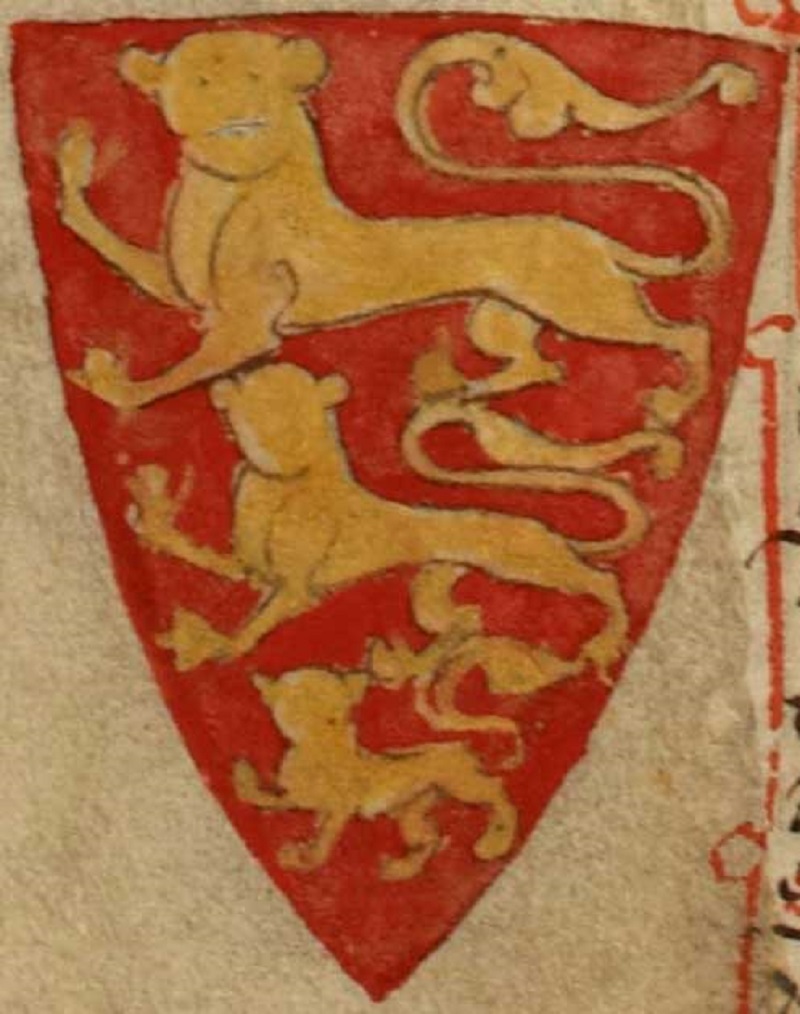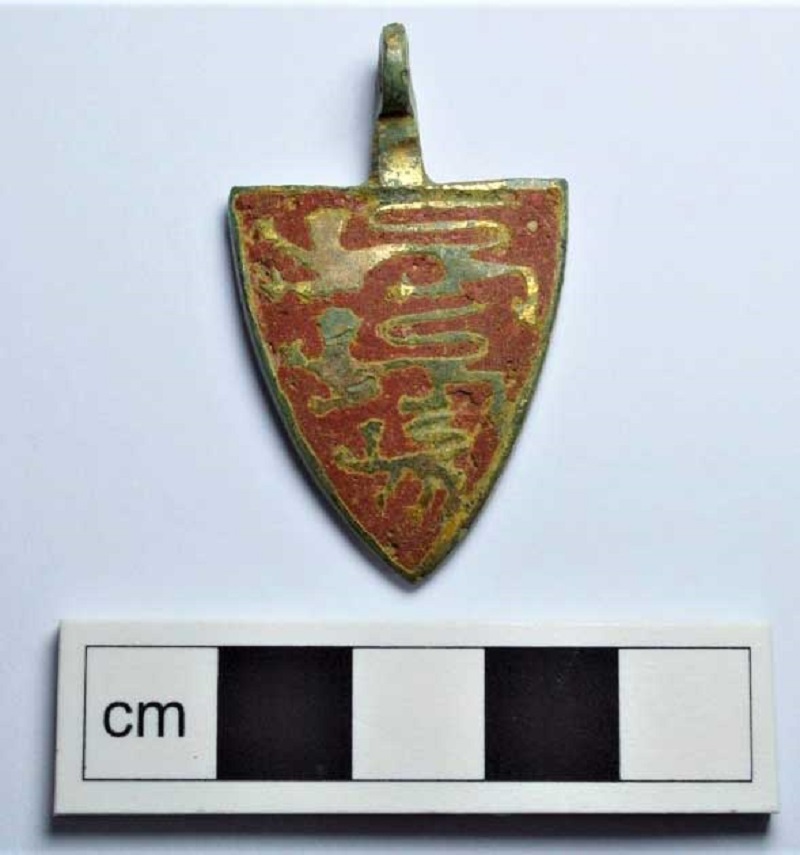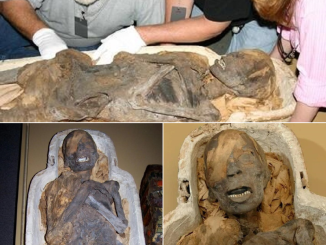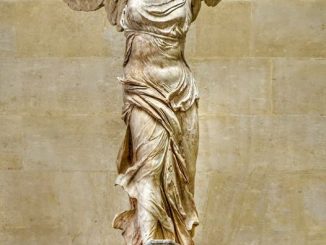A crowd of almost 88000 filled the stands to watch the finals of the Women’s Euro 22 soccer championship on Sunday, July 31 at Wembley stadium, most cheering madly for the English team. The connection between English football (soccer) and medieval history unsurprisingly hasn’t received much attention lately. But that has now changed, thanks to a fascinating and well timed archaeological discovery of a “perfect” medieval lion pendant announced in a press release from the HS2 high-speed rail project.
History and Sports: A Shared Legacy
Exploratory excavations ordered in advance of the HS2 project have produced a bounty of artifacts and ruins from ancient and medieval times.
“HS2’s archeology program has given us an unprecedented opportunity to discover, excavate and study British history,” said a massive for HS2 Ltd, in conjunction with the announcement of the discovery of the pendant.
“The whole country has got behind the England Women’s team and we hope this great find will inspire the Lionesses to create their own piece of history on Sunday,” she added, highlighting the fascinating link that connects medieval royal heraldry (and history) with present -day sporting competitions. Well, with the victory now in, something certainly gave the team what it needed to make England proud.
The English women are known to their fans and in the press as the Lionesses, in acknowledgment of the special insignias each player wears on their uniform. These insignias feature a three-lion motif that is familiar to aficionados of history, who recognize it as heraldic symbol identical to that included on a coat of arms that has been associated with English royalty since the 12th-century reign of King Henry II.
After receiving a tip from amateur metal detectorists, archaeologists affiliated with the HS2 contractor Connect Archeology unearthed an 800-year-old red-and-gold-colored medieval lion pendant that features the exact same coat of arms as that of the English women’s football team , and by all football players who represent England in any national competition. Given its extreme age, this valuable medieval lion pendant, likely part of a royal horse harness, may very well date to the era of King Henry II himself, when the triple-lion herald first made its appearance.
The medieval lion pendant from the HS2 dig was very small but extremely well preserved. (HS2)
The HS2 Medieval Lion Pendant Was in Perfect Condition
The small, metal, medieval lion pendant, which is less than 3 centimeters (1.2 inches) wide and just a bit over 4 centimeters (1.6 inches) long, was found late last year near the village of Wormleighton, which is in Warwickshire County approximately 80.5 kilometers (50 miles) southeast of Birmingham. It is of a type that would have originally been suspended from a horse harness, and it likely fell off a rider’s harness and lost at the spot where it was found.
Despite being buried for several centuries the pendant is extraordinarily well preserved. Its copper-alloy body shows only modest signs of corrosion, which makes its distinctive design easy to see with the naked eye. It features the familiar set of three lions, arranged vertically, portrayed in a highly stylized fashion. The lions have elongated bodies and tails, with the latter curved and looped to resemble a snake or a winding river.
The medieval lion pendant’s red or auburn enamel is still intact and almost fully preserved, while the gold gilding painted on to create the lions is partially obscured by green from the corrosion of the copper underneath.
Overall, the small pendant is in excellent condition, its weathering more consistent with an object a century old rather than something that has been buried in the ground for as long as eight centuries.
It is this aspect of the pendant’s condition that makes it such an unusual find, according to the experts. Medieval pendants of all types are frequently found in archaeological excavations, but they usually show significant signs of aging.
“The condition of this object is quite remarkable and it is very rare to see a horse harness pendant like this from an archaeological context in such a fine state of preservation,” Dr. Dawn McLaren of Connect Archeology told the Guardian.
Even though it is clearly an object of medieval origin, the pendant was found during excavations at a Late Iron Age/Roman-era Britain site. However, this site is quite settlement close to the ruins of a medieval that was constructed in Wormleighton. Based on their knowledge of this site, HS2 archaeologists uncover the pendant was likely attached to the harness of a horse used to work the fields of a 12th-century farm located in the area.

The three lions motif is historically attributed to Henry II or Henry III by the monk Matthew Paris in his Historia Anglorum and Chronica Majora written in 1250s AD. This image is from Historia Anglorum and is the coat of arms of King Henry III. (Matthew Paris – British Library website / Public domain)
The Origin of the Three-Lions Motif
The three lions motif is historically attributed to the successors of William the Conqueror or William I by the monk Matthew Paris in his Historia Anglorum written in 1250s AD. To stand apart, they chose to add a lion to the two that were displayed on the crest of William the Conqueror (William I), the first Norman king of England. Some historians speculate that Henry II added the extra lion at the time of his marriage to Eleanor of Aquitaine, which took place in 1152 AD.
The heraldic symbol of the three stylized lions with extra-long bodies and tails was used as the official insignia of the English crown from 1189 to 1340 (the recovered pendant would have been manufactured sometime during this era) and has remained associated with the English throne and with royalty in general since that time.
One thing that has helped keep the memory of the three-lion motif alive and relevant is its close association with international sports. England’s Football Association first adopted the three-lions symbol, with the lions painted in blue instead of gold, in the late 19th century, and another version of the symbol has also been used by English cricket teams.



